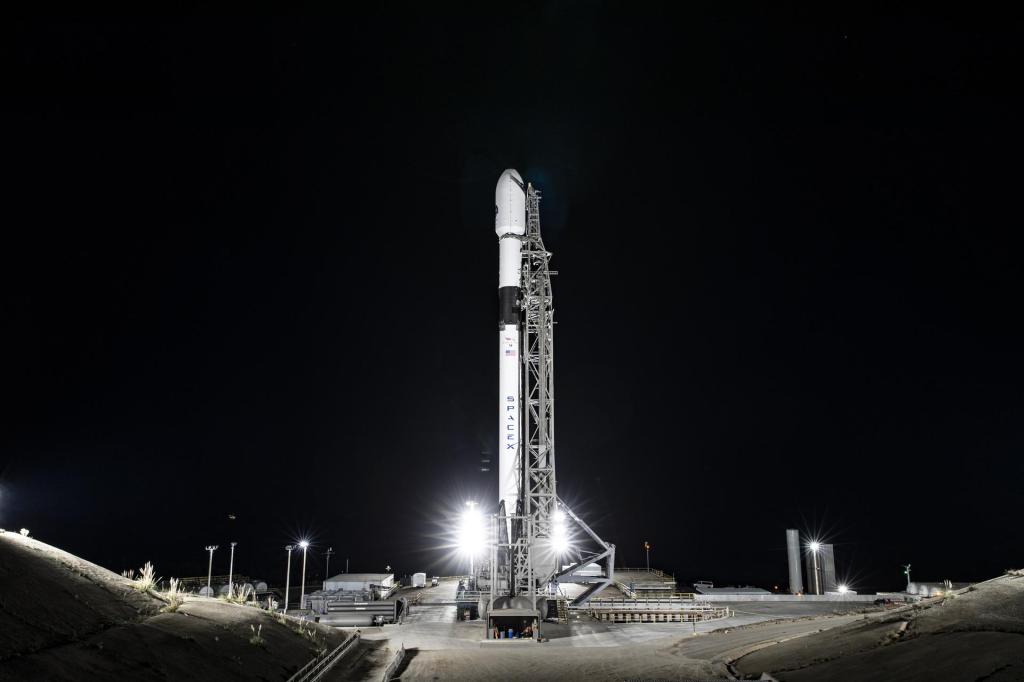This week in 1973, the third and final crewed Skylab mission launched aboard a Saturn IB rocket from NASA’s Kennedy Space Center. The crew – astronauts Gerald Carr, William Pogue, and Ed Gibson – performed a diverse range of experiments and observed the comet Kohoutek. After 84 days in space, the crew returned to Earth on Feb. 8, 1974. Today, the Payload Operations Integration Center at NASA’s Marshall Space Flight Center serves as “science central” for the International Space Station, working 24/7, 365 days a year in support of the orbiting laboratory’s science experiments. After 20 years of continuous human presence, the space station remains the sole space-based proving ground and stepping stone toward achieving the goals of the Artemis program. The NASA History Program is responsible for generating, disseminating, and preserving NASA’s remarkable history and providing a comprehensive understanding of the institutional, cultural, social, political, economic, technological, and scientific aspects of NASA’s activities in aeronautics and space. For more pictures like this one and to connect to NASA’s history, visit the Marshall History Program’s webpage. (NASA)
1 min read





























